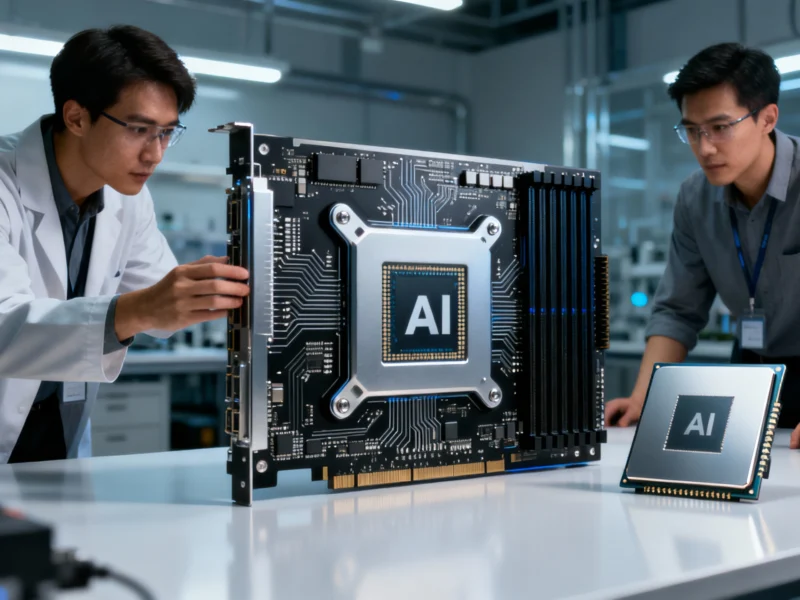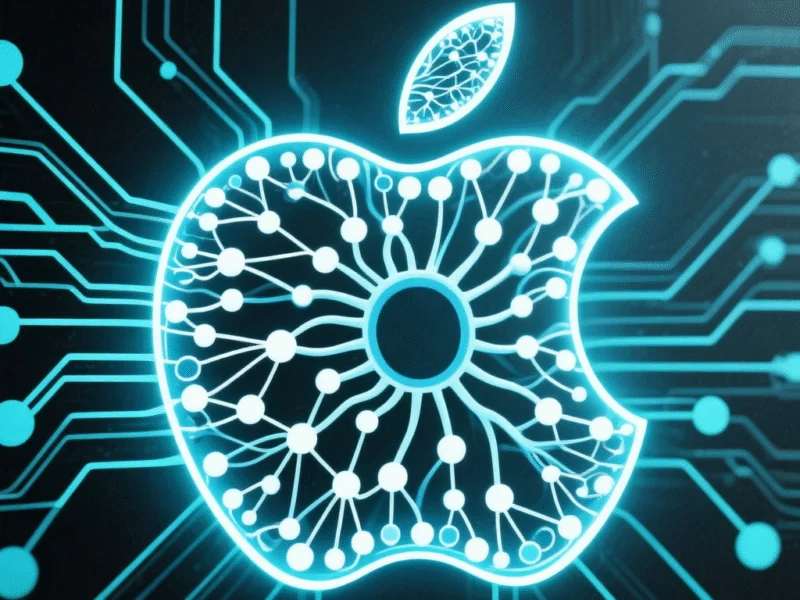TITLE: Custom AI Chips Gain Traction as Energy Costs Challenge NVIDIA‘s Dominance
The Shifting Landscape of AI Computing Hardware
While NVIDIA continues to dominate the AI GPU market with an impressive 86% share, industry experts are noting significant shifts in the computing landscape. The company’s Blackwell GPUs, combined with the powerful CUDA software ecosystem, have established NVIDIA as the backbone of global AI infrastructure. However, emerging challenges are making alternative solutions increasingly attractive.
Why Custom AI Chips Are Gaining Momentum
Several key factors are driving interest in application-specific integrated circuits (ASICs):
- Energy efficiency concerns as AI models grow more complex
- Supply constraints affecting GPU availability
- Cost-performance optimization becoming a priority over raw performance
- Specialized workload requirements for inference tasks
Major Players Embracing Custom Solutions
The trend toward custom AI chips is being led by technology giants seeking to reduce their dependence on NVIDIA. OpenAI’s partnership with Broadcom to develop custom ASICs represents a significant move in this direction. These chips, manufactured using TSMC’s advanced 3-nanometer process, will initially serve OpenAI’s internal data center needs.
This strategy aligns with similar initiatives from other industry leaders. Google has developed its Tensor Processing Units (TPUs), Amazon offers Trainium and Inferentia chips, and Meta is pursuing in-house silicon projects. As noted in recent industry analysis, these developments signal that NVIDIA may no longer maintain exclusive control over AI infrastructure.
Broadcom’s Emerging Role in AI Hardware
Broadcom has positioned itself as a credible competitor in the AI hardware space, with its AI revenue reaching $4.4 billion in the second quarter of 2025 – representing a 46% year-over-year increase. The company’s strategic acquisitions and partnerships with cloud hyperscalers have strengthened its position in the market.
The Future of AI Computing Infrastructure
Hyperscalers including AWS, Google, and Microsoft are shifting their focus from pure performance to cost-performance optimization. Rising energy consumption, water usage concerns, GPU scarcity, and ROI pressures make scaling based solely on performance increasingly unsustainable.
While NVIDIA’s mature ecosystem and broad platform adoption ensure its continued dominance in the near term, the growing adoption of custom ASICs opens new opportunities for competitors in inference-focused market segments. This evolving landscape promises more diverse and efficient AI computing solutions in the years ahead.



